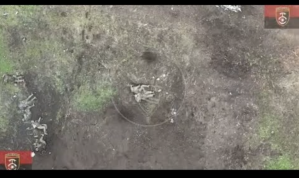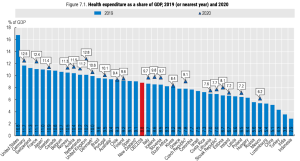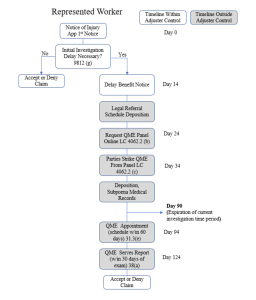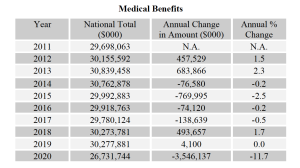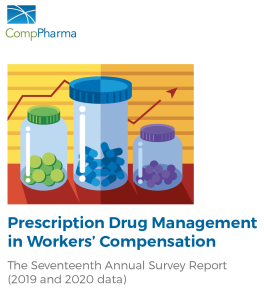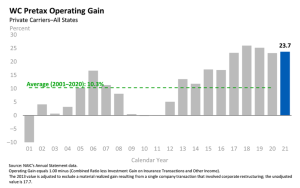Proving I never learn, we return to score how I did on my 2022 predictions for workers’ comp…

a sneak peek inside Health Strategy Associates’ intergalactic HQ as the analytical team finalizes its prediction algorithm
today we’ll look at the first 5.
- Prediction – The soft market will continue.
Carriers are still over-reserved, rates are still too high (see the opioid hangover), capital is still flowing into workers comp (gotta love that looooong tail), and employment growth may continue to be modest (low wage workers have discovered that working at crappy jobs isn’t always a have-to, especially when child care is unavailable and unaffordable).
On the other side, wage growth will likely continue (thus partially mitigating the above drivers) as more employers finally figure out that people aren’t interested in crappy jobs for crappy wages.
Caveat – towards the end of 2022 we may well see a bit of tightening as construction, infrastructure, green energy and other initiatives start up and get operational.
Verdict – True. The most recent reporting from NCCI has the combined ratio at 87.2% – a clear indication that rates remain too high, and it’s a sure bet reserves are as well. The same report says “NCCI expects premium to decrease in 2022 by 7.5%, on average…”
That, dear reader, is proof positive the soft market continued… - TPAs will add more business, mostly from carriers.
As work comp continues to shrink, insurers will ramp up efforts to shed assets and expenses to reduce their cost structure. By outsourcing claims, carriers are trading the high fixed costs of a claims infrastructure for the variable cost of a per-claim admin fee.
The smarter carriers will negotiate hard so they don’t get screwed by medical management and other non-fixed fees…but many carriers aren’t that smart.
Verdict – True. Gallagher Bassett is now handling the vast majority if not all of AIG’s WC claims. Other TPAs – Tristar, Broadspire and Sedgwick among them – added carrier business as well. - Insurers will reduce staff, particularly in claims.
Well, of course. see #2 above. However, TPAs will look to add claims staff, so experienced, well-trained claims folks will be highly sought-after.
Verdict – True. AGI slashed staff – but GB hired many. - IF total medical costs go up – and I doubt they will – the increase will be marginal.
Yeah, I know there’s lots of press and punditry about work comp medical costs aka “severity” increasing – and most of it is flat out wrong.
Verdict – no conclusive data available yet. It’s too early to tell. - That said, facility and therapy costs will go up.
Mostly because a) Medicare is increasing reimbursement for therapy which trickles down to work comp fee schedules, and b) some healthcare systems and for-profit entities (looking at you, HCA, especially in Florida) have figured out how to bust open the work comp piggy bank.
Verdict – True – anecdotal reports of higher facility costs abound, as does news of higher costs for physical medicine (PT, OT, and chiro). I will come back to this after NCCI’s annual meeting in May to finalize the verdict.
Tomorrow – the other half.

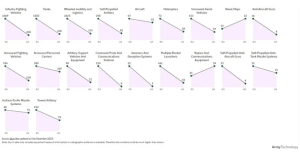
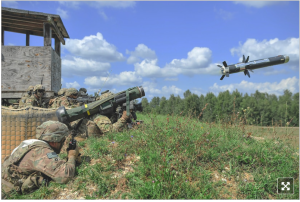 US Javelin rocket – used against armored vehicles
US Javelin rocket – used against armored vehicles
